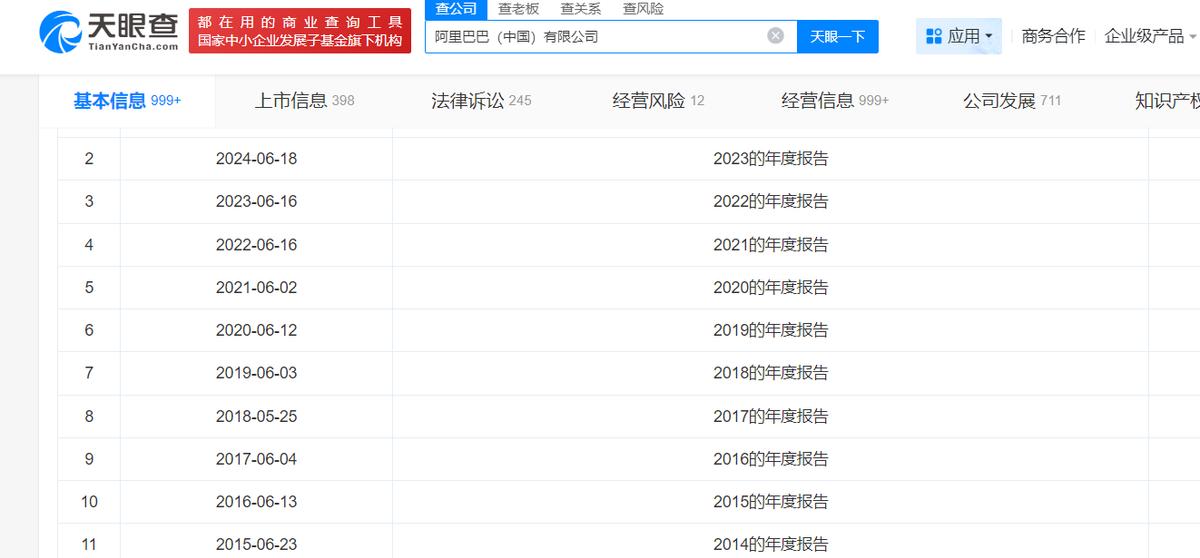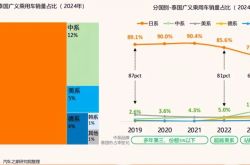AI Monetization’s “Three-Act Play”: OpenAI Unveils Browser, Doubao Integrates Links, Kuake Dons Smart Glasses
![]() 11/03 2025
11/03 2025
![]() 402
402
The AI industry has reached a pivotal juncture where self-sufficiency is no longer optional—it’s imperative.
Recently, AI’s trajectory has begun to diverge from its initial path.
Take OpenAI, for instance: after embedding shopping features into its chat interface, it pivoted to browser development. Meanwhile, Kuake ventured into AI-powered smart glasses, and Doubao AI focused on integrating e-commerce links...
Despite differing approaches, AI players globally are converging toward a common imperative: monetization.
Historically, AI commercialization relied on three primary models: API-based access, subscription memberships, and customized B2B solutions.
Among these, B2B collaborations dominated.
This model proved lucrative—until now. The B2B market has become more cost-sensitive than B2C, and the computational demands of model updates (expensive GPUs, soaring electricity costs) have rendered the “old trio” insufficient to offset skyrocketing operational expenses.
The real goldmine lies in the consumer market.
Three Pillars of AI Monetization: Survival, Positioning, Expansion
Interestingly, major companies’ motivations for exploring AI monetization fall into three distinct categories:
1. Survival-Driven Monetization
OpenAI and second/third-tier domestic AI startups exemplify this logic.
With more large-model manufacturers, led by DeepSeek, adopting open-source strategies, the technological edge of ChatGPT and its peers is eroding. For AI startups reliant on investor funding, this is a precarious position.

OpenAI, internally and externally, needs a proven commercial model to anchor ChatGPT’s value, proving its independence and long-term viability.
Search is ChatGPT’s closest domain.
OpenAI’s launch of the AI-powered browser ChatGPT Atlas may seem like a bid to disrupt Google and rebuild an AI-centric empire. But at its core, this is survival logic—securing a reliable monetization path.
OpenAI’s browser strategy isn’t impulsive; its goal is to reclaim centralization. As large-model apps fragmented user traffic, ChatGPT’s vision of a unified ecosystem faded. Today, users split tasks across models: DeepSeek for text, Doubao for images, Nami Search for complex queries. This decentralization complicates monetization.
OpenAI aims to use ChatGPT as a centralized traffic hub with clear commercialization routes, solidifying its AI ecosystem dominance.
Technologically, AI and search share DNA. Commercially, they’re complementary. Microsoft’s success with AI browsers likely influenced OpenAI’s decision to enter the field and build a sustainable closed-loop monetization system.
2. Value-Driven Monetization
Alibaba and other tech giants treating AI as a long-term strategic asset embody this approach.
Take smart glasses: why has this “vintage” concept resurged?
Not due to industry tech leaps or hardware maturity, but AI—specifically, natural language models.
Alibaba Quark and others aim to create new interaction entry points via smart glasses.
Unlike search engines’ entry-point monetization, Alibaba’s AI hardware strategy seeks to preempt the next interaction frontier.
Alibaba has a history of strategic execution, from smartphones to smart speakers to AI hardware. Once KPIs align, commercialization follows.
For Alibaba, AI’s value transcends technology. Hardware profitability is secondary; the real prize is entry-point dominance and strategic capital market positioning.
This logic is consistent. Alibaba’s past moves—new retail for offline entry points, livestreaming for e-commerce traffic, flash sales for instant retail—reflect its core model: securing bottom-tier traffic and maintaining online dominance as the “digital mall.”
Today, AI is Alibaba’s answer to yesterday’s social media.
3. Incremental-Driven Monetization
Douyin E-commerce and other content-driven platforms represent this category.
Doubao AI’s link integration serves dual purposes: monetization and growth.
QuestMobile data shows Doubao’s MAU hit 157 million in August, up 6.6% month-over-month, surpassing DeepSeek and outpacing rivals.
This traffic advantage demands utilization. After missing earlier battles in instant retail and local services, ByteDance needs to reclaim momentum. AI-powered e-commerce, via Doubao, offers a direct breakthrough.
Doubao’s “link addition” is logical but early. ByteDance hasn’t overextended: users still redirect to Douyin Mall for purchases.
User trust has evolved—from forums (Baidu Tieba, Zhihu) to short videos (Xiaohongshu) and now AI models.
When users rely on AI for decisions, it will become the next trust layer for transactions.
For ByteDance and Doubao, this presents an opportunity to leapfrog competitors.
Three Strategic Blueprints
AI monetization today reflects three industrial needs:
Survival Logic: Focuses on immediate viability under capital and market pressures. Monetization paths are direct and urgent, aiming to validate capabilities and build value defenses.
Value Logic: Targets next-gen interaction entry points and ecological control. Commercialization is long-term, building moats and securing future value-chain nodes.
Incremental Logic: Leverages existing traffic to catalyze AI-driven growth beyond core businesses. Exploration is scenario-driven and efficiency-focused.
These logics coexist, mapping AI’s evolution from technological singularity to industrial integration. Today, AI monetization is shifting from a tech race to a contest of survival philosophy, ecological vision, and growth strategy.
Advertising and E-commerce: AI’s New “Canals”?
AI monetization paths are crystallizing:
1. Hardware Carrier Route: Quark AI Glasses, AI Learning Machines, Apollo Go. These target niche consumer markets with disruptive experiences, fostering brand loyalty. Huawei’s Intelligent Driving boosting Aito and Apollo Go’s break-even in Wuhan exemplify this. The potential is vast but uncertain, as tech disruption is fleeting.
2. Software Route: Split into capability and content streams.
Capability Stream: API calls, subscriptions, B2B solutions. Kuaishou’s Kling and ByteDance’s Jimeng position as low-barrier AI video tools for consumers, while serving enterprises via advertising, short dramas, and gaming. This tests industrial infrastructure scale. Alibaba Cloud leads China’s AI cloud market (35.8% revenue share), while ByteDance’s Volcano Engine dominates model calling services (49.2% market share).

Content Stream: Integrates advertising and e-commerce into AI Q&A. Simple yet differentiated, it leverages e-commerce’s scale for rapid tech monetization. OpenAI’s ChatGPT enables full-chain transactions (search-recommendation-decision-payment) in-conversation, bypassing third-party platforms. AI here replaces search and advertising, vying for user attention with Amazon.
Doubao’s link integration adds another traffic gateway, redirecting users to Douyin Mall—a livestreaming commerce logic. As integration deepens, brand visibility may depend less on paid traffic and more on AI’s comprehension. Companies that preset AI-friendly marketing answers gain an edge.
Alibaba and JD could replicate Doubao/ChatGPT effects but haven’t prioritized it. Their focus this year was on instant retail and local services, yielding traffic surges. ByteDance, missing those battles, needs AI e-commerce to stimulate growth. For Alibaba and JD, AI e-commerce’s strategic value is significant but not urgent.
During Double 11, Alibaba and JD enhanced AI within e-commerce instead of vice versa. Tmall launched AI graphic designers and customer service tools; JD AI deployed intelligent logistics clusters, focusing on merchant empowerment and user experience.
Different commercial DNAs have shaped AI’s monetization routes. From Quark’s smart glasses to Doubao’s links and ChatGPT’s browser, the AI monetization wave is propelling the industry into a new era: value creation is being redefined, and competition is shifting from tech to ecology.
After this “coming-of-age” phase, survivors will include not just companies but newly validated market paradigms.








